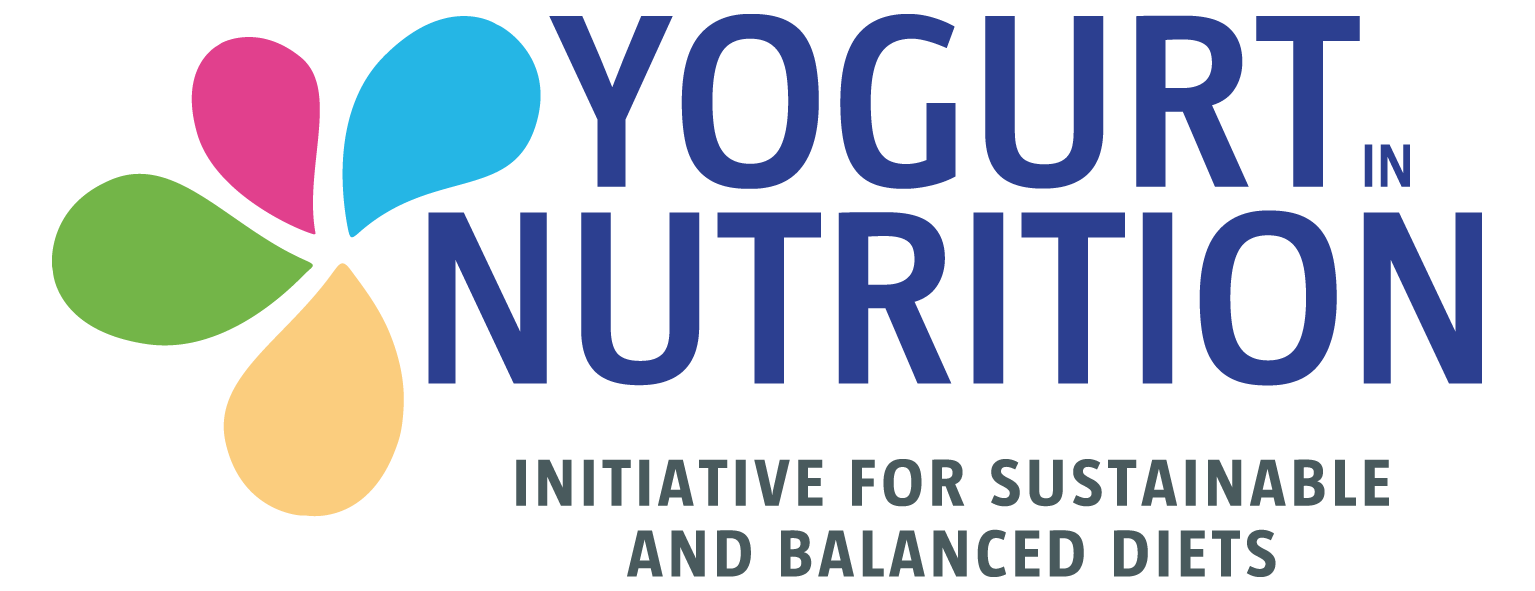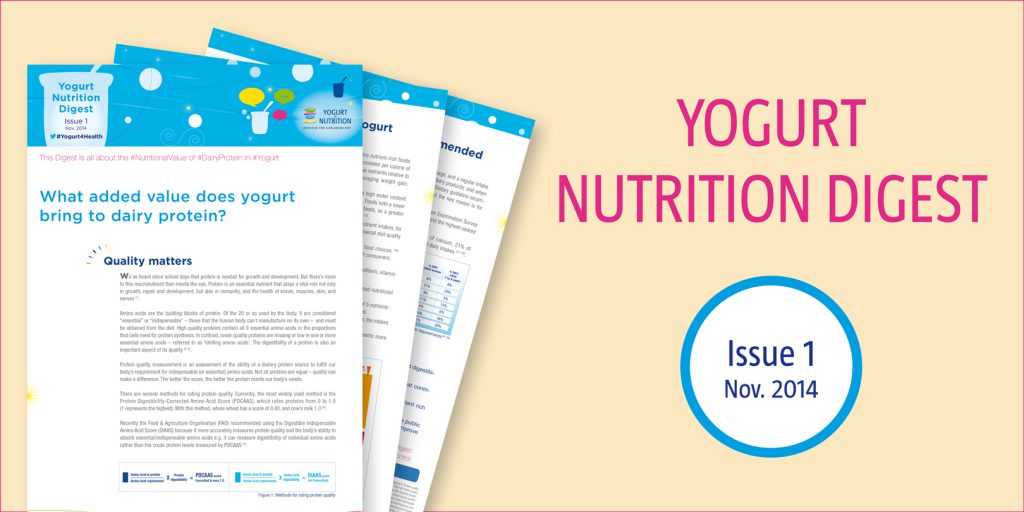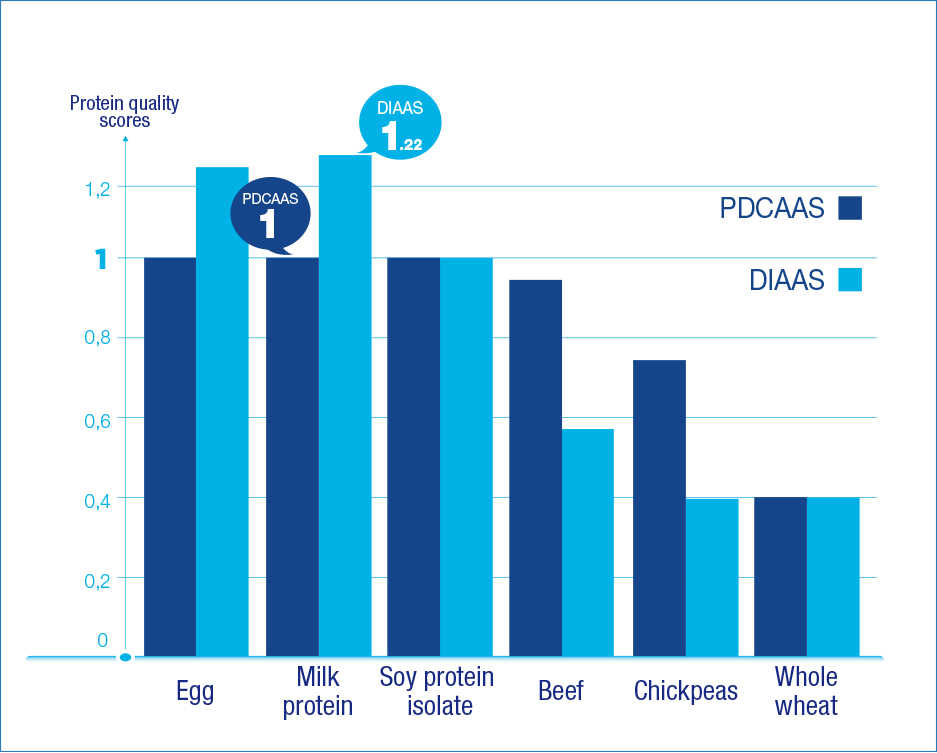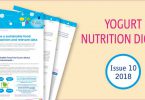This Digest is all about the #NutritionalValue of #DairyProtein in #Yogurt
Quality Matters
We’ve heard since school days that protein is needed for growth and development. But there’s more to this macronutrient than meets the eye. Protein is an essential nutrient that plays a vital role not only in growth, repair and development, but also in immunity, and the health of bones, muscles, skin, and nerves (1).
Amino acids are the building blocks of protein. Of the 20 or so used by the body, 9 are considered “essential” or “indispensable” – those that the human body can’t manufacture on its own – and must be obtained from the diet. High quality proteins contain all 9 essential amino acids in the proportions that cells need for protein synthesis. In contrast, lower quality proteins are missing or low in one or more essential amino acids – referred to as ‘limiting amino acids’. The digestibility of a protein is also an important aspect of its quality (2) (3).
Protein quality measurement is an assessment of the ability of a dietary protein source to fulfill our body’s requirement for indispensable (or essential) amino acids. Not all proteins are equal – quality can make a difference. The better the score, the better the protein meets our body’s needs.
There are several methods for rating protein quality. Currently, the most widely used method is the Protein Digestibility-Corrected Amino Acid Score (PDCAAS), which rates proteins from 0 to 1.0 (1 represents the highest). With this method, whole wheat has a score of 0.40, and cow’s milk 1.0 (4).
Recently the Food & Agriculture Organisation (FAO) recommended using the Digestible Indispensable Amino Acid Score (DIAAS) because it more accurately measures protein quality and the body’s ability to absorb essential/indispensable amino acids e.g. it can measure digestibility of individual amino acids rather than the crude protein levels measured by PDCAAS (5).
A key difference is that unlike PDCAAS, DIAAS scores may be greater than 1.0 (or 100%) if the protein contains a relatively high content of indispensable amino acids e.g. milk powder has a DIAAS of 1.22, whey protein isolate of 1.25, milk protein concentrate of 1.31, soy protein isolate of 1.00, peas 0.64, and wheat 0.4 (5).
The high PDCAAS and DIAAS for milk indicates that dairy proteins are well digested and absorbed (good bioavailability), and its mix of amino acids (including all of the 9 essential amino acids), supports efficient protein synthesis. A DIAAS over 100% for an individual food (high protein quality food such as milk) also indicates its potential to complement the protein contribution of a food with a lower DIAAS value, namely a food such as cereal or vegetable protein, of lower protein quality and therefore with a ‘limiting’ amino acid (5).
References:
First Global Summit on the Health Effects of Yogurt. 2014, Am J Clin Nutr, p. 99(suppl):1203S.
Tome D. Criteria and markers for protein quality assessment – a review. Br J Nutr. 2012; 108 Suppl. 2: S222-9.
Boye J, Wijesinha-Bettoni R, Burlingame B. Protein quality evaluation twenty years after the introduction of the protein digestibility corrected amino acid score method. Br J Nutr. 2012; 108 Suppl. 2: S183-211
Protein quality evaluation : report of the joint FAO/WHO expert consulation, FAO Food and Nutrition Paper No. 51, 1989.
Protein quality evaluation in human nutrition. FAO Food and Nutrition Paper No. 92. 2013.http://www.fao.org/ag/humannutrition/35978 02317b979a686a57aa4593304ffc17f06.pdf.








